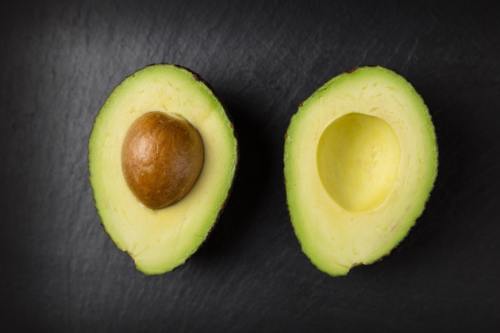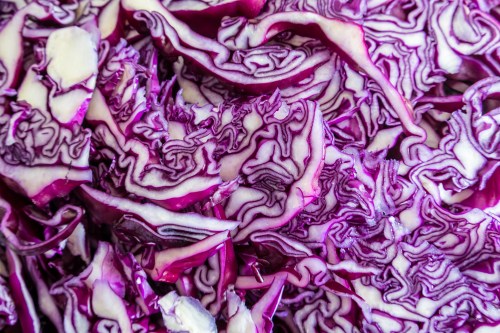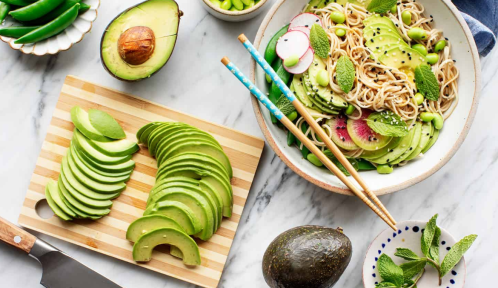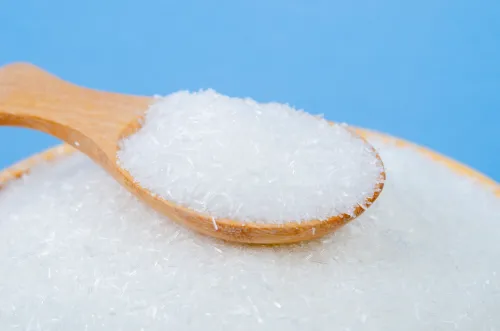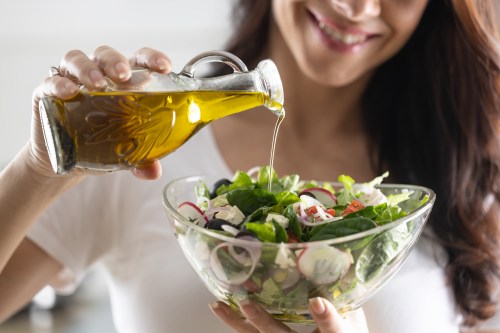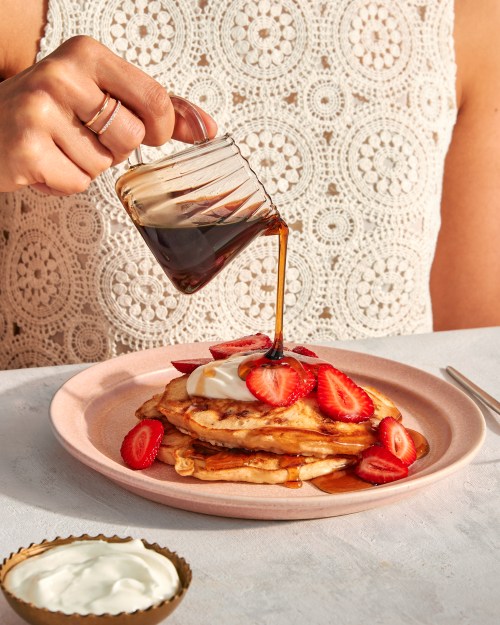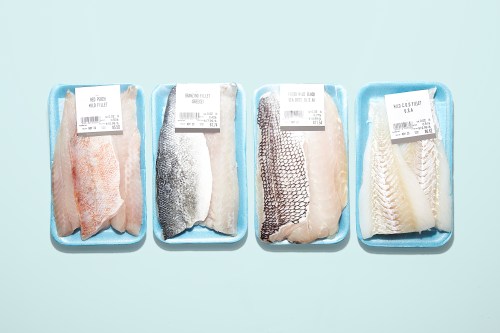Star healthy chef Pati Jinich, of Pati’s Mexican Table, is hands down an avocado expert. Unlike half the population, she did not discover a love for avocados via Instagram. “I grew up on avocados. It’s one of the first foods my mom gave you,” says Jinich, of her childhood in Mexico City. “It just practically goes into everything—avocado from morning to night.”
She’s continued with that habit, and even become a spokesperson for Avocados From Mexico, a role that’s made her experiment even more with the trendy fruit. (During the holidays, she makes “avonog” instead of egg nog, for example.)
Given her expertise, we asked Jinich to share some key tips for buying, opening, and storing avos, since, let’s face it, while they have a reputation for being delicious, they’re also great at getting brown and mushy when you look away for ten seconds.
Here are five tips to ensure that every avocado you touch ends up perfectly guacamole- or toast-ready.
1. At the grocery store, use your hands.
Ripe avocados have a stronger smell, sure, but you really need to pick them up to assess their readiness. When they’re ripe, they’ll be almost entirely black and soft to the touch. If it seems too mushy, put it right back. “It doesn’t mean you have to bring it home,” she says.
2. Choose a variety of ripeness levels.
A big bag full of fresh, ripe avocados at a bulk price is tempting, but unless you’re making a tub of guacamole for a big party, it’s not going to work out. “What I do, and I think this gives you more freedom, is I buy for the week,” Jinich explains. “I look for green and rock hard (for the end of the week), and ripe and soft (for tomorrow).” That way the batch will ripen gradually and you can have perfect avos every day of the week.
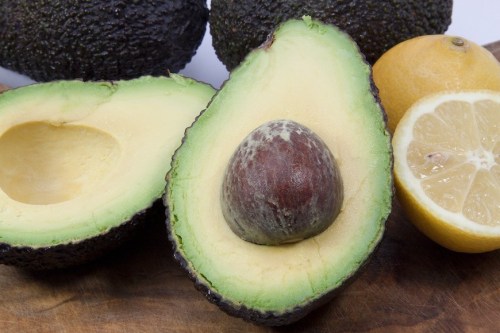
3. Keep whole avocados out of the refrigerate unless they’re already mushy.
Generally, you shouldn’t refrigerate avocados if you want them to be perfectly ripe and delicious, but if one is already mushy and you’re not quite ready to eat it, stick it in the fridge to prevent it from going bad. On the other side of the spectrum, “if you want the green ones to ripen faster, put them in a paper bag or wrapped in newspaper, with a banana,” Jinich says, sharing her top ripening trick.
4. Squeeze gently to get the pit out.
Chefs will generally tell you the best way to cut open an avocado is to slice the skin around the fruit vertically to create two halves, and then quickly chop the blade of the knife into the pit and twist it gently to remove it cleanly from the flesh. But Jinich says there’s no need to be fancy (and if your knives are dull, you shouldn’t try this). You can also just gently squeeze the avocado half with the pit until it pops out, or push the side of the pit with the tip of a spoon, she says.
5. Wrap it tight (or squeeze citrus over it) to preserve.
If you’ve already opened one and now have a half that is practically threatening to turn brown, wrap it super tightly with plastic wrap, pressing it as close to the flesh as you can before sticking it in the fridge, Jinich says. You can also rub a little lemon or lime onto the flesh—the acidity will help it stay fresh and green, and you’ll get a little complementary flavor when you’re ready to enjoy it. Of course, this isn’t a tip Jinich uses often. “When people ask me how to save half, I just think ‘How on earth did you not eat it?!'” she says.
Originally posted December 6, 2015. Updated July 16, 2018.
Now that you have your gorgeous avocados ready to eat, use ’em to make one of these next-level guacamoles or this avo-margarita.
Sign Up for Our Daily Newsletter
Get all the latest in wellness, trends, food, fitness, beauty, and more delivered right to your inbox.
Got it, you've been added to our email list.
